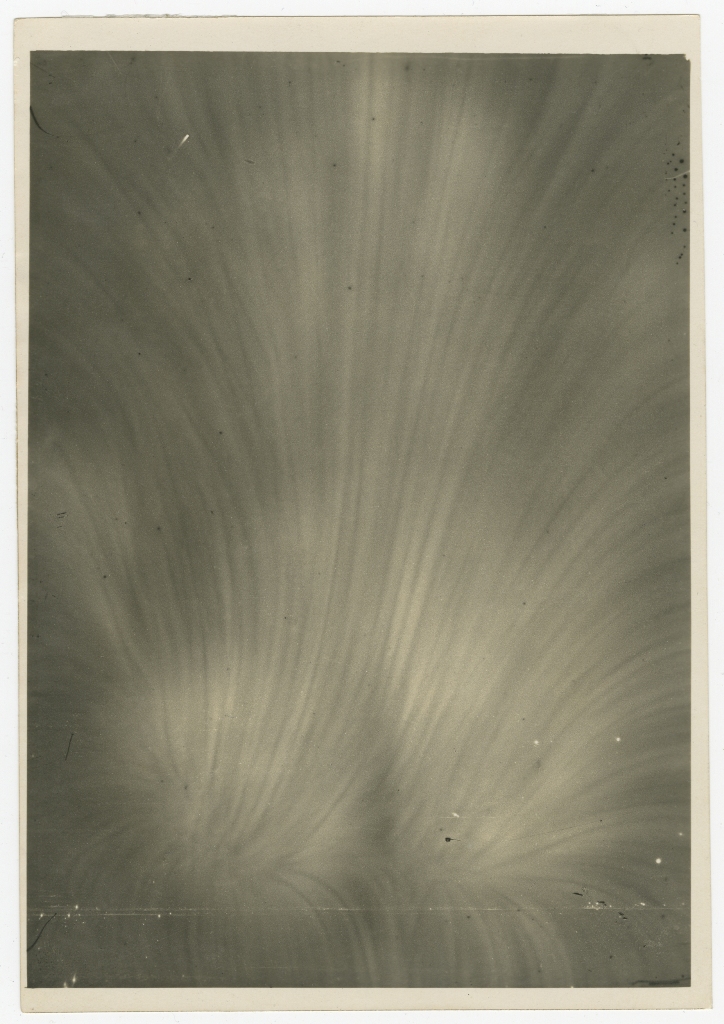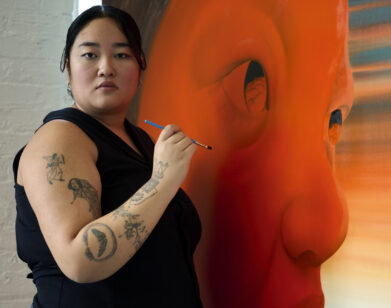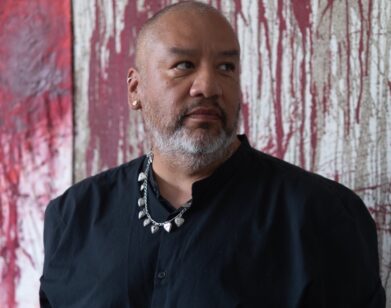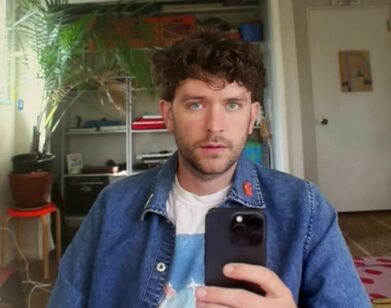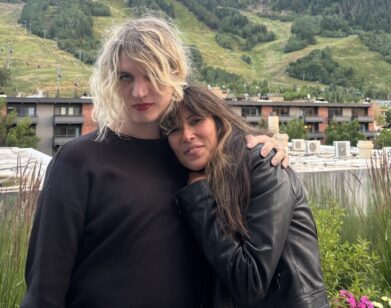Unphotographable, Until Proven Otherwise
A glimpse at The Unphotographable will give you an understanding, or a fair lack thereof, of its contents. “The cover is itself, with nothing on the cover,” explains editor Jeffrey Fraenkel, who curated a show of the same name at his eponymous San Francisco Gallery earlier this year. “You will know it when you don’t see it,” he concludes of the hard-to-pinpoint subject matter in the introduction.
Fraenkel selected a chronological cross-section demonstrating photographers’ impulses to capture “things that are much more difficult to see.” The result is a stylistically varied, but conceptually connected array of works that span from the late 19th century to 2012. Included are pieces by “self-conscious” artists like Man Ray, Alfred Stieglitz, Sophie Calle, and Christian Marclay, as well as some “strictly by amateurs.” As a whole, Fraenkel reduces both intertwining and outlier themes to “thought, time, ghosts, God, and dreams.”
In many instances, such as Nature’s Mystic Apparition of Christ (1914) by William C. Weidling, the photograph itself makes an image more tangible than it might be in reality (though, according to Fraenkel, even the gallery’s 15 staffers had to contemplate it for quite a while to spot said Apparition). The Vision (1880), a Victorian-era photograph of a “ghost,” staged to illuminate a verse from a poem, is, today, totally hokey. The least manipulated are the most striking: for Malcolm W. Browne’s iconic Self-Immolation of Buddhist Monk Thích Quảng Äức (1968), a thousand words is vastly insufficient. “It’s as if one can see the monk’s spirit departing in the inferno,” says Fraenkel.
The Fraenkel Gallery, which opened in 1979, focuses on how photography relates to the other arts, and usually publishes books tied in with exhibitions. Fraenkel still serves as president. What “unphotographable” idea would he most like to see photographed? “It would be interesting to photograph that thing that draws any two people together.”
THE UNPHOTOGRAPHBLE IS OUT MARCH 31.

